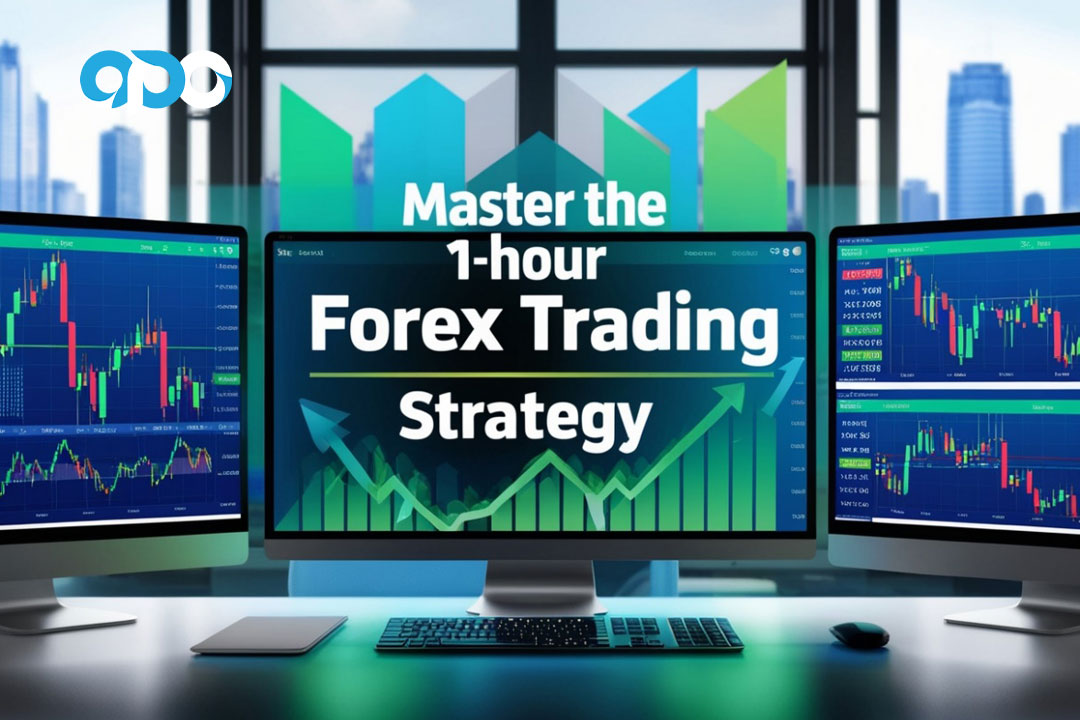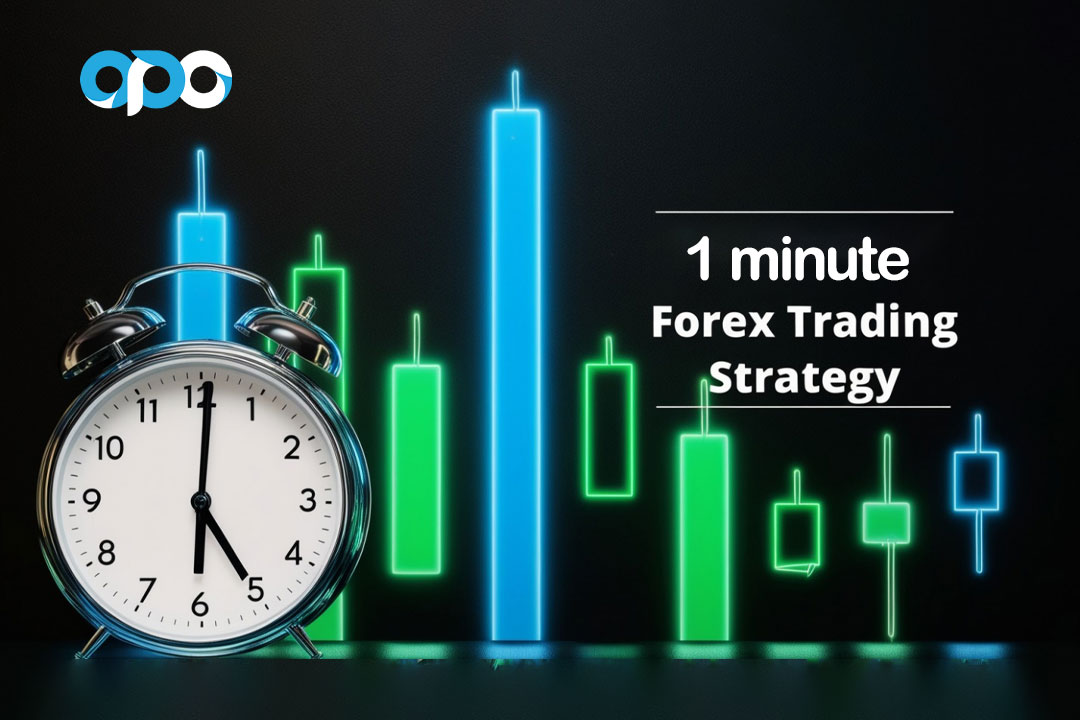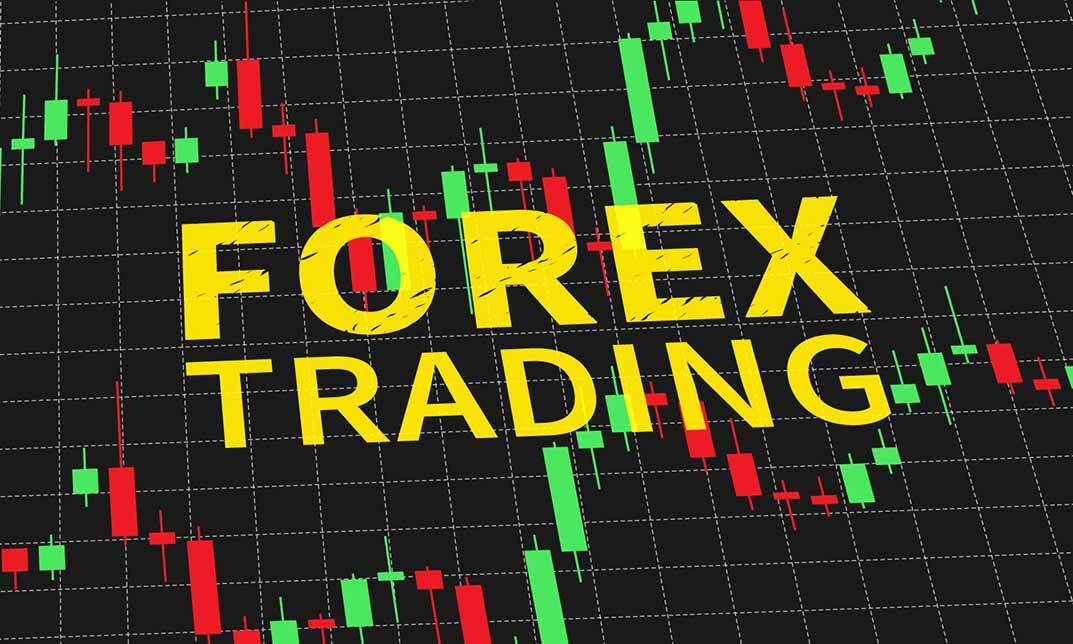Best Tips To Selecting Forex Trading Sites
Best Tips To Selecting Forex Trading Sites
Blog Article
Top 10 Risk Management Tips When Trading Forex Online
The management of risk is crucial to Forex trading successful. Here are the top 10 risk management tips to protect your capital and minimize losses.
Create Stop-Loss orders for every trade
1. Stop-loss orders automatically close trades once the market has reached the agreed-upon price. This limits potential losses. Stop-loss orders ensure that you don't lose more than you can afford, if your trade takes a wrong direction. Once you have opened your trade, make an order for a limit.
2. Define Risk per Trade
Limiting the amount you put at risk in one trade should generally not exceed 1 percent of your account balance. You can remain on the market even when you are losing and not risk having your account completely depleted.
3. Use Proper Position Sizing
The position size is the amount of currency you purchase or sell during a particular trade. Your position size should be adapted based on the amount of money you have in your account, the amount of risk in a trade, and the distance between you and your stop-loss. As an example, if the stop-loss distance is greater than the size of your account, you must decrease the size of your position to ensure a steady degree of risk.
4. Avoid Over-Leveraging
The use of high leverage can increase gains and losses. Beginners should only use low-leverage however, brokers often offer higher leverage. Because high leverage could quickly ruin your account if your trades go against you, it's best to start with a smaller amount (1:10 or less) and gain the experience.
5. Diversify Your Trades
Don't put all your capital in one currency pair, or one trade. Diversifying your portfolio by trading various timespans and pairs can help lower the chance of losing money due to unexpected events that affect one pair or market segment. Avoid excessive diversification as it could dilute your concentration and spread your trading too thinly.
6. Create the Trading Plan including Risk Limits
A clear trading plan that includes guidelines for entry and exit as well as tolerance to risk helps you keep the discipline. Set your daily or weekly risk limits. It's not ideal to take on over 5 percent of your money per day. If you reach the limit of your risk, stop trading and take some time to reflect on the situation.
7. Use Trailing Stops for Locking in the profits
A trailing stop adjusts the stop-loss of your trade as it progresses in your favor. This lets you take profit if the market goes down but also allows your trade to expand when it's going in a profitable direction. This is a great way to ensure your profits are protected without having to close the trade early.
8. Be aware of your emotions and avoid resentment Trading
Emotional trading can lead to inexperienced decision-making and high risk. Fear, anger, and greed may cause you to trade impulsively or take more risks than you anticipated. Avoid revenge trading or trying to recuperate losses in one trade after losing a trade. Avoid escalating loss by sticking to your risk limits and strategy.
9. Avoid Trading During High-Impact News Events
The market can become extremely volatile when news with a high impact is released, including central bank decisions and economic reports. It's best to avoid news trading if you aren't familiar with it. Price fluctuations can lead to sudden losses.
10. Keep a Trading Journal and Review your mistakes
There is a lot to learn from your losing and winning trades by keeping a journal. You must record all the details of every trade. This should include the reasons that led you to enter the market and the risks involved, the stop loss settings, and how it turned out. The journal you keep will help you identify patterns in your mistakes and successes. This will help you enhance your risk-management skills over time.
When it comes to Forex trading, managing risk is as crucial as finding profitable opportunities. Following these tips will help you safeguard your capital, control losses, and build a sustainable trading approach. Take a look at the recommended https://th.roboforex.com/ for website tips including forex trading, forex brokers list, best forex trading broker, best broker for currency trading, best rated forex brokers, forex demo account, fx trading platform, trading foreign exchange, forex trading forex, foreign exchange trading online and more. 
The Top 10 Things To Take Into Consideration When Trading Online Forex: Technical And Fundamental Analysis
Both technical and fundamental analysis are crucial to Forex trading. You will be able to make better choices by mastering the basics of both. Here are the top 10 strategies for applying technical and fundamental analysis to online Forex trading: Tips for Technical Analysis
1. Find the key support and resistance levels
Zones of resistance and support are price zones where currencies often stop or reverses. They act as psychological barriers, which is why they are important when planning for the entry and exit. These zones can be used to identify the point at which prices could be able to reverse or break out.
2. Make use of multiple timeframes to get a broad view
Different timeframes, such as the daily, four-hour and one-hour chart can be used to get a better understanding of larger and longer-term trends. Lower timeframes provide a better understanding of the current trend.
3. Master Key Technical Indicators
Moving averages as well as Moving Average Convergence Divergence, or MACD are three of the most crucial Forex indicators. Learn how each indicator functions and practice combining them to increase the accuracy of your research.
4. Candlestick Patterns to Pay Attention
Candlestick patterns such as doji, Hammer, and engulfing patterns are often indicators of possible reversals and continuations. Learn about these patterns to recognize potential changes in price action. Combining candlesticks analysis with other instruments like support/resistance, and resistance/support, will help to improve your timing.
5. Analyze trends for directional signals
Use trendlines or moving averages to detect market trends. Forex traders often follow the trend as it gives more consistent outcomes. Avoid trading against the trend unless your expertise level is very high.
Fundamental Analysis Tips
6. Know the Central Bank policies and interest Rates
Central banks, such as the Federal Reserve or the European Central Bank regulate interest rates which have an impact directly on currency values. Interest rates that are higher tend to strengthen the currency. However, lower interest rates can weaken a currency. Keep an eye on announcements by central banks. They are often the cause of important market changes.
7. Pay attention to economic indicators and reports.
The most important indicators of economic health, such as unemployment rate, GDP, inflation, consumer confidence and consumer sentiment provide an understanding of the nation's economy and impact the value of its currency. Utilize an economic calendar to be informed about upcoming releases, and study how these indicators impact the currencies you trade.
8. Geopolitical Events and News: Study them
The market for currency is susceptible to being negatively affected by events such as elections or trade negotiations. Be aware of global news especially about major economies, including the U.S.A, Eurozone, China. The turbulence in geopolitics can be triggered by sudden shifts in the geopolitical power of a country.
Combining Technical and Financial Analysis
9. Aligning technical signals with fundamental Events
Combining fundamental and technical analysis enhances the decision-making process. When a technical set-up has an upward trend in conjunction with an economic forecast that is positive, this can lead to an increased likelihood of buying. Combining both strategies will reduce the risk of uncertainty, while increasing the chances of getting it right.
10. Make use of risky occasions as trading opportunities
The volatility created by major events such as Federal Reserve meetings or the release of non-farm payments (NFP) could result in dramatic fluctuations in prices. These times are often avoided by traders because of their unpredictable nature. If you are aware of the rules of the game then you can profit of the fluctuations in prices using an analysis of the technical. Practice caution, use strict stop-loss orders and be prepared to change quickly.
In Forex trading, the integration of technical and fundamental analysis provides a comprehensive understanding of market dynamics. By mastering these strategies traders will be able to navigate foreign exchange markets more efficiently, take better strategic decisions and also improve overall performance. See the top rated https://th.roboforex.com/partner-program/ for site examples including best currency trading app, app forex trading, forex broker, currency trading platforms, forex demo account, forex trading platform, forex trading forex trading, best currency trading platform, best forex broker in usa, fx trading platform and more.
The Top 10 Trading Platform And Technology Tips For Forex Online Trading
1. Forex trading is a complex business. Understanding the technology and selecting the best trading platform are crucial. We have compiled our top 10 suggestions about how you can use the latest technology and trading platforms to enhance your experience.
Select a platform that is user-friendly
Select a platform that is easy to navigate and intuitive. You must be able access charts, manage your position and place orders without confusion. MetaTrader 4 and MetaTrader 5.
2. Make sure you have a reliable internet connection
Forex trading requires reliable Internet access. Insecure or slow connections could cause slipping or missed opportunities, as well as delays in order execution. If you're experiencing connectivity issues upgrade your internet service or using Virtual Private Servers (VPS) can ensure a steady connection.
3. Speed of Test Order Execution
The speed of execution of orders is vital, particularly if you are day trading or scalping. Platforms that are able to execute orders swiftly minimize slippage and allow traders to trade and exit at the exact price you intended. Try the speed of the platform using a demo account before you sign up for a real account.
4. Explore Charting and Analysis Tools
A robust platform must offer advanced charting indicators, charts and technical analysis tools. Look for platforms that allow customizing charts and access to a broad array of indicators, and the capability to conduct detailed technical analysis. This allows you to make better-informed decisions when trading.
5. Make sure you are able to trade on mobile devices.
Mobile trading apps allow users to manage and monitor trades on the go. Be sure that the platform you choose has a mobile app that is easy to use and offers the features you need such as charting and account monitoring, trade execution, etc.
6. Automated Trading Option
Many traders employ algorithms and automated trading to improve consistency, reduce manual work and boost efficiency. If automated trading is appealing to you, then select a trading platform with assistance for expert advisors (EAs) or trading bots. The MT4/MT5 platform is compatible with a range of automated trading software.
7. Verify Security Features
Security is paramount in online trading. Select a platform with encryption protocols, 2-factor authentication (copyright) and other security options that will ensure your money and information are safe. Be cautious of platforms that do not have robust security features. They may expose your data and funds to cyber-attacks.
8. Get real-time news and information
For timely trading Real-time feeds of economic price alerts and news are crucial. A reliable trading platform will integrate reliable news feeds, as well as precise market information. This will allow you to keep up-to-date with developments that could affect your trading.
9. Check if the product is compatible with your trading style
Different platforms suit different trading styles. Platforms that offer quick execution and one click trading are ideal for scalpers. Those with advanced analysis and charting tools are best suited for trading swing traders. Make sure the platform you select is compatible with your particular trading strategy.
10. Test Customer Support and Platform Reliability
A reliable customer service is crucial, particularly when you're experiencing issues with your platform or require technical assistance. You can check the knowledge of and the responsiveness of the support team by asking questions. Also, look over the platform's track record for stability and uptime, as frequent downtimes or crashes could influence the performance of your trading.
If you choose a platform that is aligned with your needs, and by understanding the technical aspects of it, you'll be able to increase your trading efficiency. Additionally, you will be better prepared to handle market volatility. It is important to consider security, usability, and the tools you need to fit your style of trading. Read the top https://th.roboforex.com/forex-trading/platforms/metatrader5-mt5/ for more examples including fx trading forex, top forex trading apps, best forex brokers, forex trading forex trading, forex best trading app, fx forex trading, forex broker platform, forex demo account, forex market online, forex trading and more.